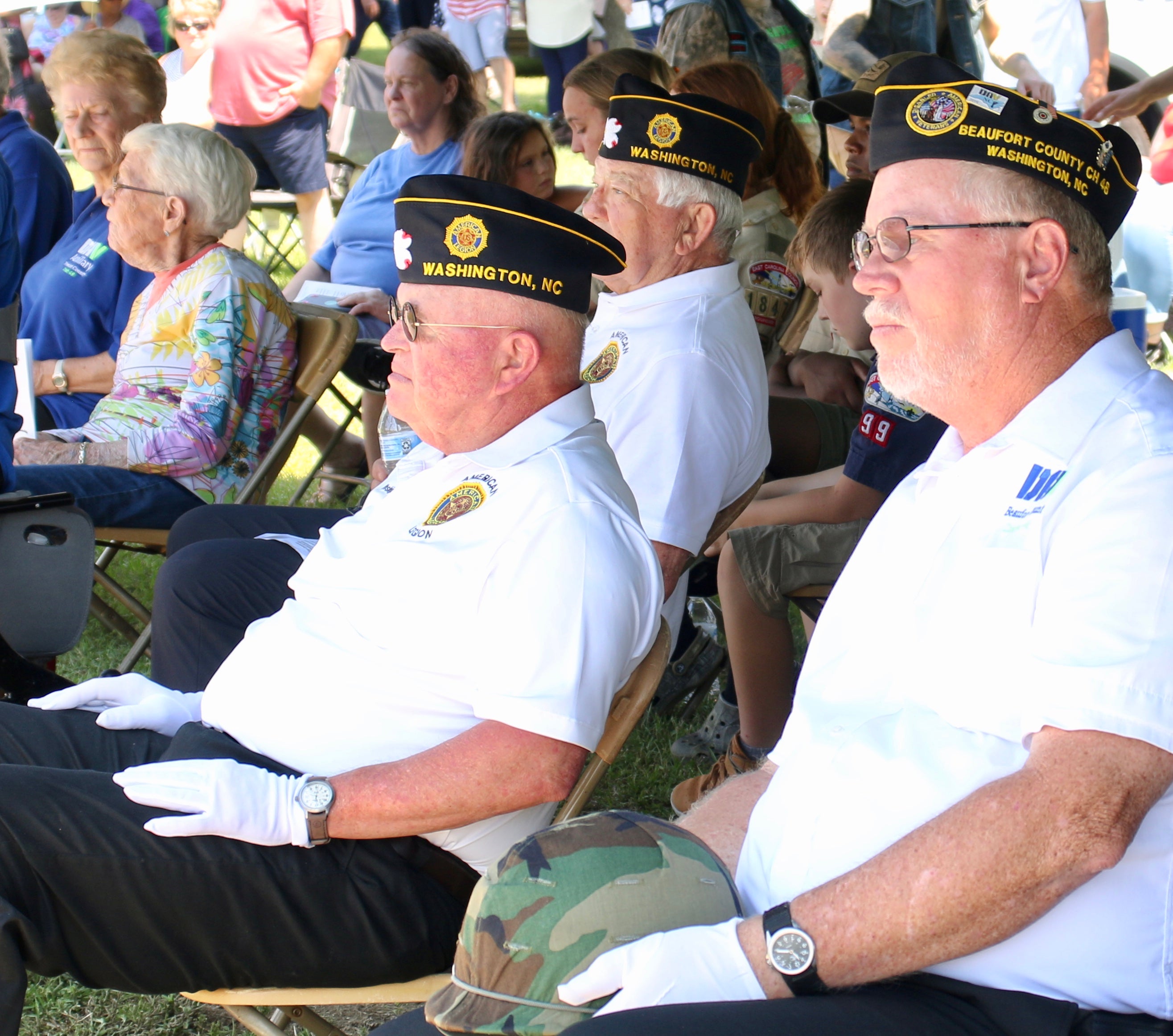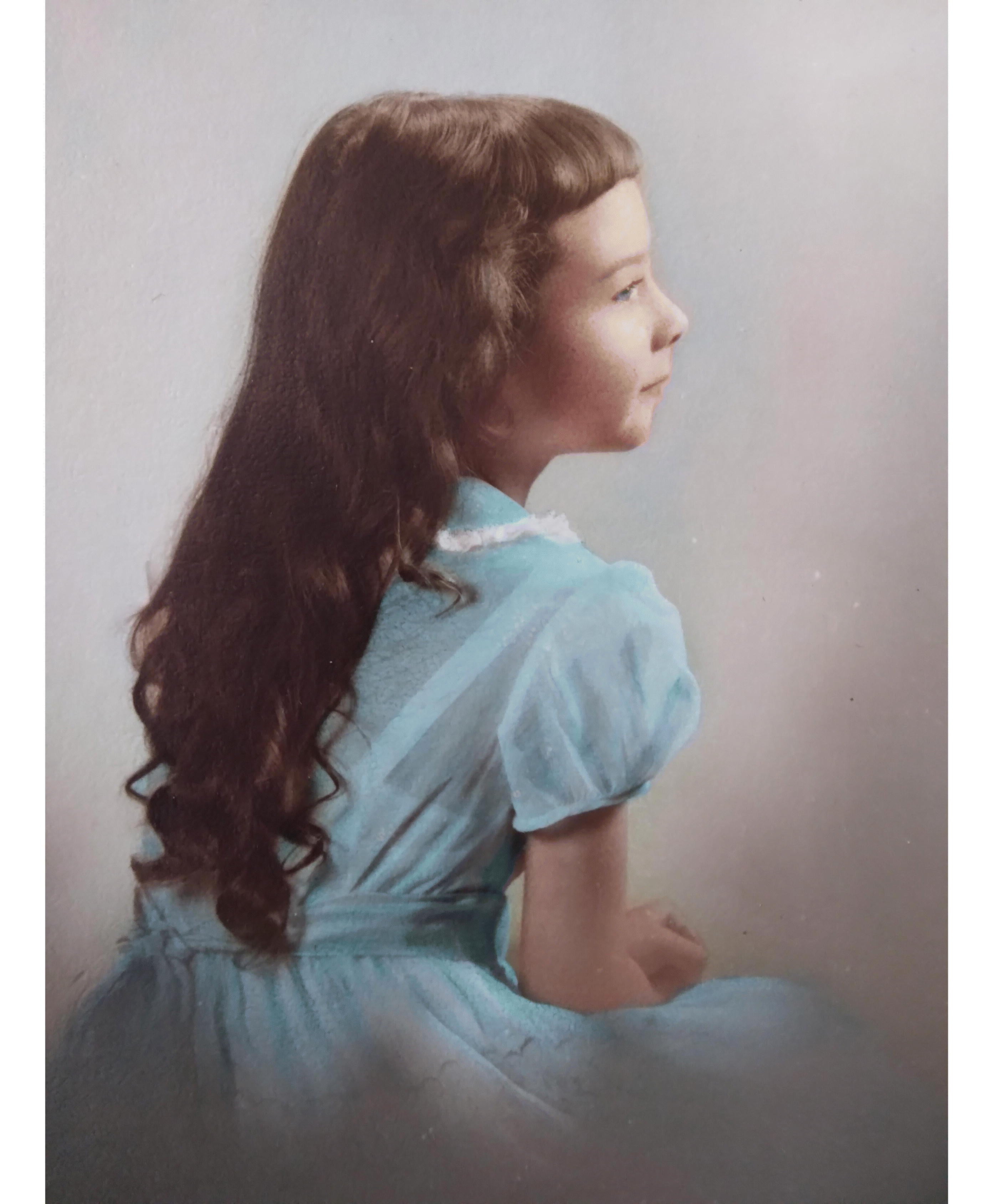Antique cannon going public at Estuarium
Published 9:09 am Tuesday, April 6, 2010
By By MIKE VOSS
Contributing Edito
A centuries-old cannon, found on Washington’s waterfront in 2004, will be displayed Friday at an open house and reception at the North Carolina Estuarium.
The reception and open house, free and open to the public, begin at 3 p.m. and conclude at 6 p.m. The Estuarium is located at 223 E. Water St.
Estimated to have been built around 1685, the cannon underwent cleaning and preservation work by East Carolina University maritime studies students under the direction of their professor, Bradley Rodgers. While cleaning and preserving the cannon, students have been trying to determine how the cannon was made and how it came to Washington.
Rodgers, a professor of maritime studies, said the presence of the gun is a mystery. He said it is one of the earliest and most-historic pieces of ordnance found in the United States, according to a news release from ECU News Services. Rodgers will discuss the cannon during the open house and reception.
“It would be worth its weight in money to any collector,” Rodgers said in the release. “There were no settlements around here at that time. Theories could run the gamut from a pirate battery protecting their hangout, to a shipwreck now covered by waterfront development, or a fort built to protect early settlers.”
Estuarium officials are pleased the cannon will be displayed there, at least for now.
“We are very honored and excited about it being here. We know it’s a community treasure. We are proud to have it as part of our exhibits,” said Tom Stroud, spokesman for the Partnership for the Sounds, which operates the Estuarium and similar facilities in the region.
“We are certainly glad to have it for as long as it’s here,” said Stroud, adding that the cannon could be relocated elsewhere in the city at a later date.
“We’ve been getting more and more interest,” Stroud said about inquiries from the public about the cannon, which was delivered to the Estuarium last week.
“We are glad to give the community an opportunity to see it this Friday,” Stroud said in an interview with the Washington Daily News on Monday.
Bobby Roberson, the city’s mayor pro tempore, views the return of the cannon to the city has an addition to the city’s history, especially it’s maritime history, and tourist attractions.
“I think eco-tourism is important to us,” Roberson said in an interview with the Washington Daily News on Monday, adding that the location of the cannon at the Estuarium helps tie local eco-tourism efforts with the city’s maritime past.
“I think it’s a great exhibit. I think it helps tell the story about Washington’s past as a port,” Roberson said.
“There’s been talk lately about developing a maritime museum in the city. This might be the first stepping stone for us to launch that process,” Roberson said.
The cannon saga
Road workers unearthed the cannon in 2004 during renovation of Washington’s waterfront. When it was first removed from the corner of Respess and Water streets, no one even recognized it as a cannon, according to the release. It was hauled to another site to fill in low land. However, the relocation knocked off enough dirt and rocks so that the form of a cannon became recognizable. The land owner contacted the city’s Public Works Department and said the city might want to keep the object.
ECU was contacted and asked to take a look at the object. Rodgers and the maritime students used electrolytic cleaning to remove layers of dirt and rust from the cannon. The cannon was returned to Washington in 2006, but it was not displayed to the public.
Judy Meier Jennette, who was mayor of Washington at the time, recalled hearing about the cannon’s return.
“Dr. Rodgers said that he had our cannon ready to return to us. It was the first I had even heard about it,” she said.
Jennette further relates the saga of the cannon.
“He went on to say that he would only return it if we kept it indoors. I asked about how it should be displayed. He said that the trunions were too fragile to support the cannon’s weight, so we would need to build a load bearing stand or carriage for it. I asked him where to get such a thing built and he recommended the N.C. Maritime Museum.”
“So, I started a three-and-a-half-year odyssey of trying to get the carriage built and find a place to display the cannon. The Maritime Museum said they could build it for $1,500, but that it would take at least a year to get to it because they were tied up with the Queen Anne’s Revenge.”
“I approached my friend Sandy Ratcliff, a board member of the Washington Area Historic Foundation, and asked him to see if WAHF would pay for having the carriage made. They agreed to do it, after which I authorized the Maritime Museum to proceed.”
“In the meantime, I had to get the cannon out of Dr. Rodgers’ way, so I called and asked him if it could be stored in the city warehouse until the carriage was ready. He said that would be fine, but, of course, we all thought that would be for a year or less. Sadly, the QAR kept us on the back burner for three years.”
Some maritime scholars believe a shipwreck near Morehead City is the Queen’s Anne’s Revenge, one the flagship of the pirate Blackbeard, who has ties to Bath.
During its three-year stay in the city’s warehouse, the cannon began showing signs of deterioration. Last fall, Rodgers, student assistant Theresa Hicks and four students in ECU’s advanced archaeological and museum artifact conservation class returned the cannon to the ECU maritime conservation lab, where it was refinished. The cannon was delivered to the Estuarium on March 29.
“There are approximately 12 shipwrecks located directly in front of the Estuarium near Castle Island,” Rodgers said in the release. “So this is a fitting place for it.”
Judy Meier Jennette and ECU News Services provided material for this article.



